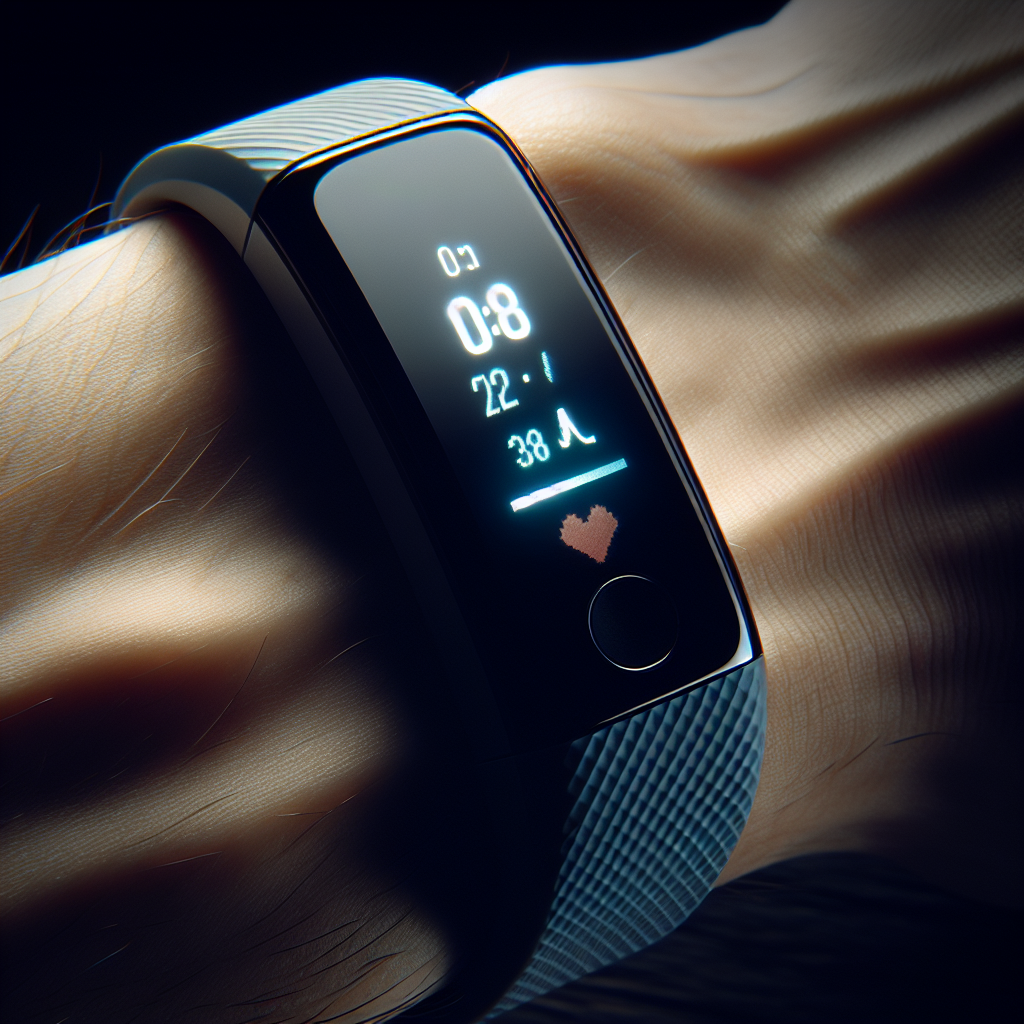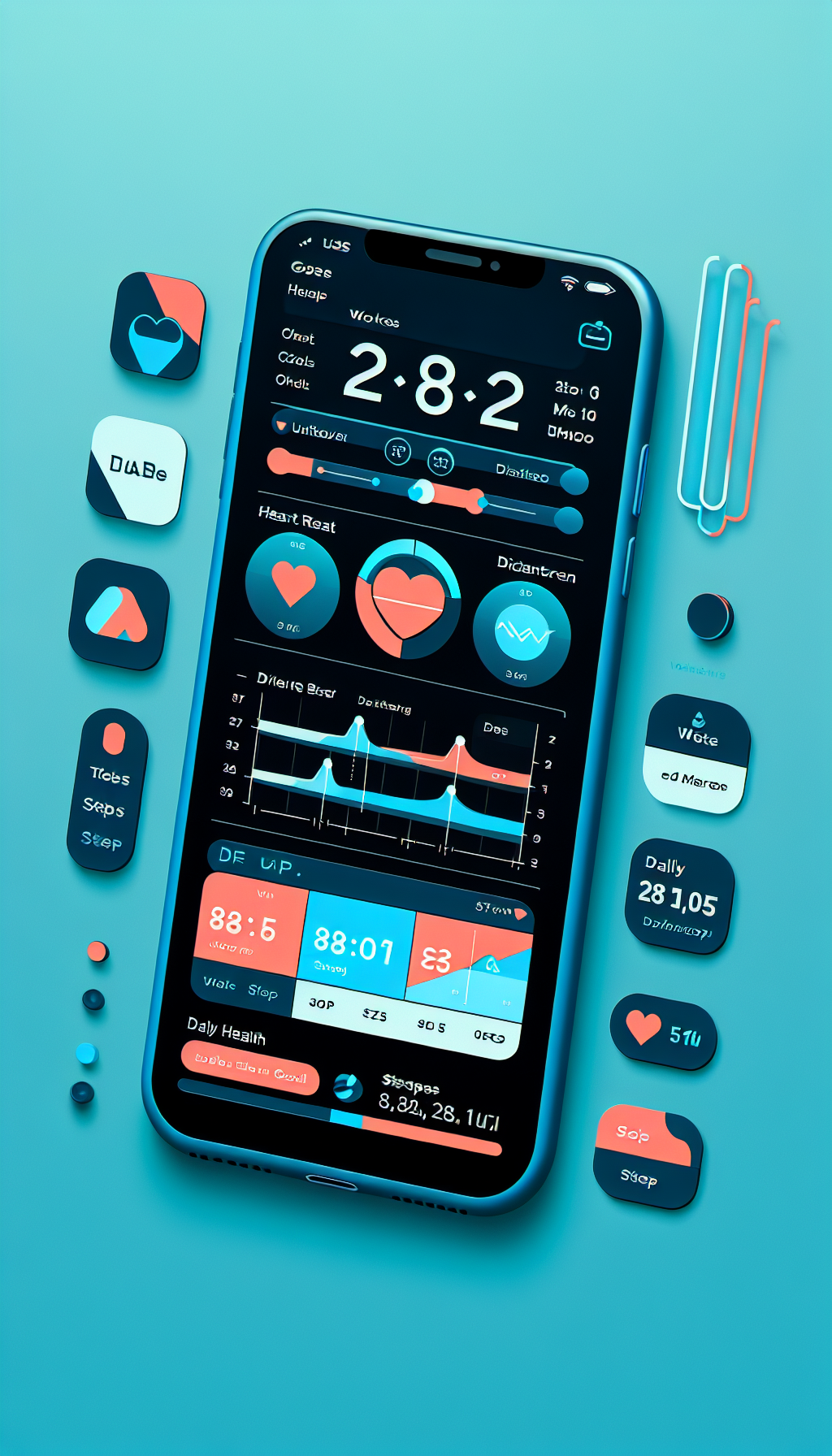In the age of smartphones and smartwatches, technology has become an inseparable part of our daily lives. This is particularly true for health and fitness, where tech tools can offer unprecedented insights and support in reaching our wellness goals. From wearable devices to mobile apps, technology is empowering individuals to take charge of their health in more proactive and personalized ways.
The Rise of Wearable Technology in Fitness
Wearable technology has revolutionized the way people approach fitness. Devices like fitness trackers, smartwatches, and heart rate monitors are no longer novelties but staples for many fitness enthusiasts. These gadgets track a wide array of data, including steps taken, calories burned, heart rate, sleep patterns, and even stress levels. By providing real-time feedback, they enable users to make informed decisions about their physical activity and lifestyle habits.
One of the most significant benefits of wearable fitness technology is its ability to tailor workout plans to individual needs. For example, runners can monitor their pace and adjust their training intensity based on heart rate zones, ensuring they are not over or under-training. This personalized approach not only boosts physical performance but also enhances overall fitness, contributing to long-term health and wellbeing.
Integrating Apps and Online Platforms
In addition to wearables, numerous mobile applications and online platforms offer comprehensive tools for tracking and improving health. Diet and nutrition apps allow users to log their food intake, offering insights into their macronutrient balance and calorie consumption. Other apps focus on meditation and mindfulness, helping individuals reduce stress and improve mental health.
Online platforms extend these functionalities by providing a community aspect to health and fitness. Users can share their progress, join challenges, and even receive virtual coaching. This social element not only fosters motivation but also accountability, which can be crucial in maintaining a consistent exercise routine.
Advanced Metrics and Personal Health Data
Beyond basic tracking, technology now enables the gathering of advanced health metrics. For example, some devices offer VO2 max estimations—a measure of aerobic fitness and cardiovascular health. Others track recovery time and provide recommendations on when to take a rest day to prevent overtraining and burnout.
Furthermore, technology facilitates the tracking of health trends over time. This longitudinal data can be incredibly valuable for identifying patterns and making proactive changes. For instance, identifying a consistent drop in performance or elevated heart rate could signal the need for a more in-depth health review, potentially indicating issues related to cardiovascular health.
The Role of Technology in Diet and Supplementation
Diet and supplementation play a crucial role in achieving fitness goals, and technology can be a helpful ally in this domain. Apps that track nutritional intake can help ensure that one is getting the right balance of nutrients to support their workout regimen. Additionally, resources like Tips for Smart Supplementation in Fitness Routines provide valuable guidance for integrating supplements into one’s diet effectively.
For those looking to delve deeper into the science of nutrition and supplements, niche resources such as Examine.com offer evidence-based information on various supplements and their health effects. Similarly, the International Society of Sports Nutrition provides position stands and papers that can be valuable for individuals seeking to optimize their supplementation strategy.
Technology for Recovery and Injury Prevention
Recovery is a critical component of any fitness routine, and technology offers tools to support this process. Wearable devices that monitor sleep quality and provide insights on restfulness can help users optimize their sleep for better recovery. Additionally, technology can aid in injury prevention by tracking workout intensity and suggesting low-impact workouts when needed.
For those interested in a deeper understanding of injury prevention and biomechanics, the American College of Sports Medicine offers a wealth of resources, including guidelines and research articles on the subject.
Mental Health and Fitness
Physical fitness and mental health are closely intertwined, and technology can play a role in supporting both. Fitness apps often include features for goal setting and tracking progress, which can provide a sense of accomplishment and boost mental well-being. Moreover, the link between outdoor exercise and mental health is well-documented, with resources like The Benefits of Outdoor Exercise on Mental Health highlighting the positive effects of nature on mood and stress levels.
Websites like Mind, a mental health charity, offer advice on staying mentally healthy through physical activity, while platforms like Strava not only track outdoor activities but also connect users to a larger community, reinforcing the mental health benefits of social interaction and shared experiences.
Conclusion
The intersection of technology and fitness is a dynamic and rapidly evolving field. With the plethora of tools available, individuals are better equipped than ever to track, analyze, and optimize their health and fitness routines. By leveraging wearable devices, apps, and online resources, anyone can convert data into actionable insights, leading to more informed health decisions and improved outcomes.
As technology continues to advance, we can anticipate even more sophisticated methods for monitoring and enhancing our health. With a proactive approach and the right tech tools, achieving and maintaining peak physical and mental fitness is within everyone’s reach.



